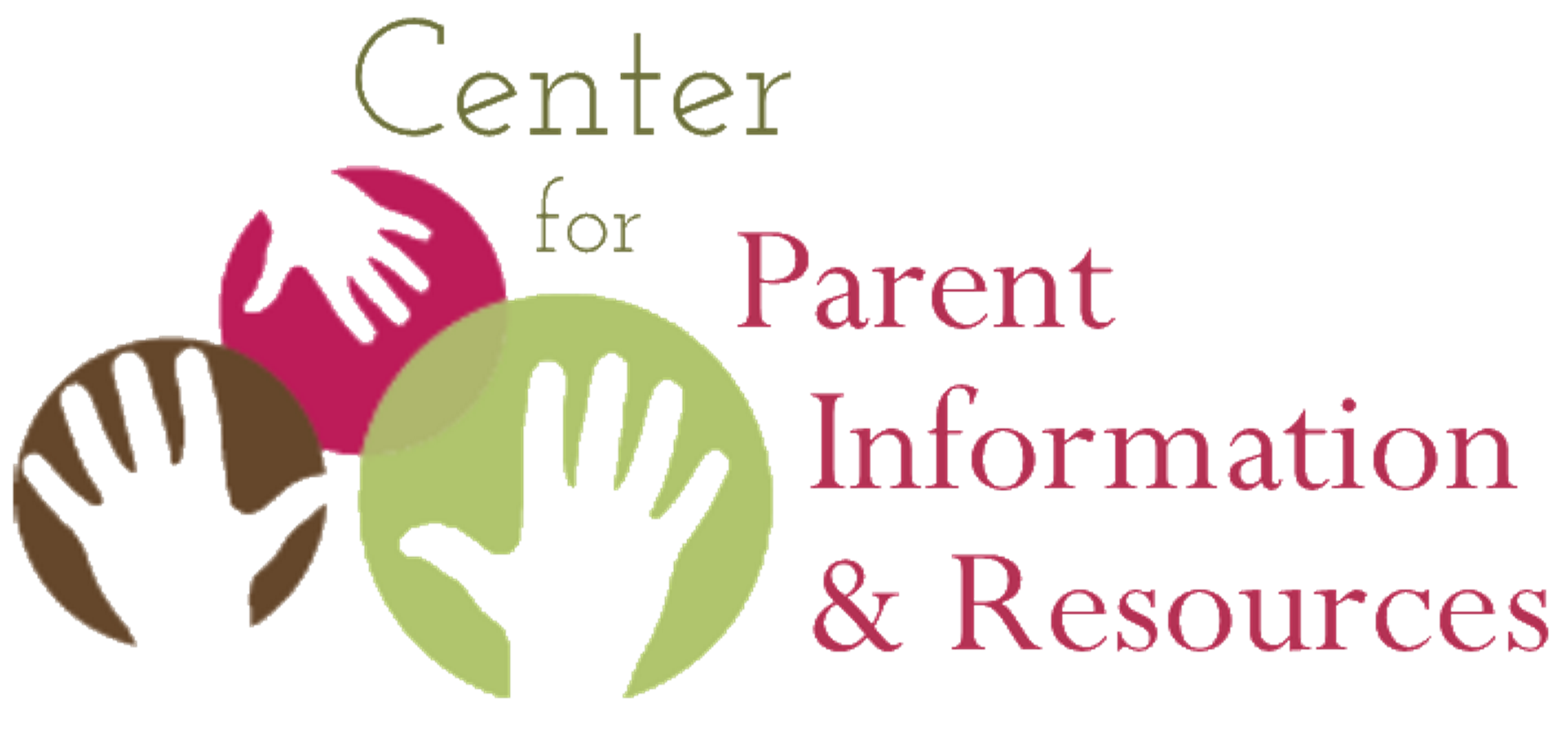English Learners with Disabilities Toolkit
The National Center on Educational Outcomes (NCEO) focuses on the inclusion of students with disabilities, ELs, and ELs with disabilities in instruction and assessments.
The National Center on Educational Outcomes (NCEO) focuses on the inclusion of students with disabilities, ELs, and ELs with disabilities in instruction and assessments.
(more…)
(more…)
Looking for information about inclusion of children with disabilities in our schools and communities? CPIR is very pleased to offer you this resource page, which will connect you with the great work and materials of the disability network nationwide and internationally.
Child Trends, in partnership with EMT Associates, analyzed the landscape of state statutes and regulations as of October 2021 to better understand how state laws and policies define the role of school nurses. This 2022 brief presents their findings.
Knowing your state’s school nurse policies is important to practitioners, Parent Centers, families, and education administrators and staff alike. The brief details state policies on such matters as whether districts must employ school nurses, what qualifications are required, and nurses’ role in individual aspects of the work.
Additionally, the brief provides current data on state policies for a school nurse’s role in: managing chronic conditions; administering medication; developing and managing student health plans; student immunizations; and infectious disease control. Read CPIR’s abstract and access the brief here.
On July 19, 2022, the Department of Education’s Office for Civil Rights (OCR) and Office of Special Education and Rehabilitative Services released multiple guidance documents to help public elementary and secondary schools fulfill their responsibilities to meet the needs of students with disabilities and avoid the discriminatory use of student discipline. These newly released resources are the most comprehensive guidance on the civil rights of students with disabilities concerning student discipline, and include: (1) a 41-page guidance on avoiding the discriminatory use of student discipline under Section 504; (2) an accompanying fact sheet summarizing the main points of the guidance; (3) a 57-page Q&A regarding IDEA’s disciplinary provisions; (4) a 19-page technical assistance guide describing positive, proactive approaches to supporing the needs of children with disabilities; and (5) a letter from Secretary of Education Cardona to stakeholders. Read more about and connect with each document in CPIR’s abstract.
(more…)
This Q&A document (OSEP QA 21-05) on Child Find under Part B of IDEA reaffirms the importance of appropriate implementation of IDEA’s child find obligations, which requires the identification, location and evaluation, of all children with disabilities in the states.
What’s considered a “close contact” for children and adults with respect to exposure to COVID-19? Presented in infographic form and available as a 1-pager, this late December 2021 guide from the CDC updates its isolation and quarantine recommendations for K-12 schools.
(more…)
